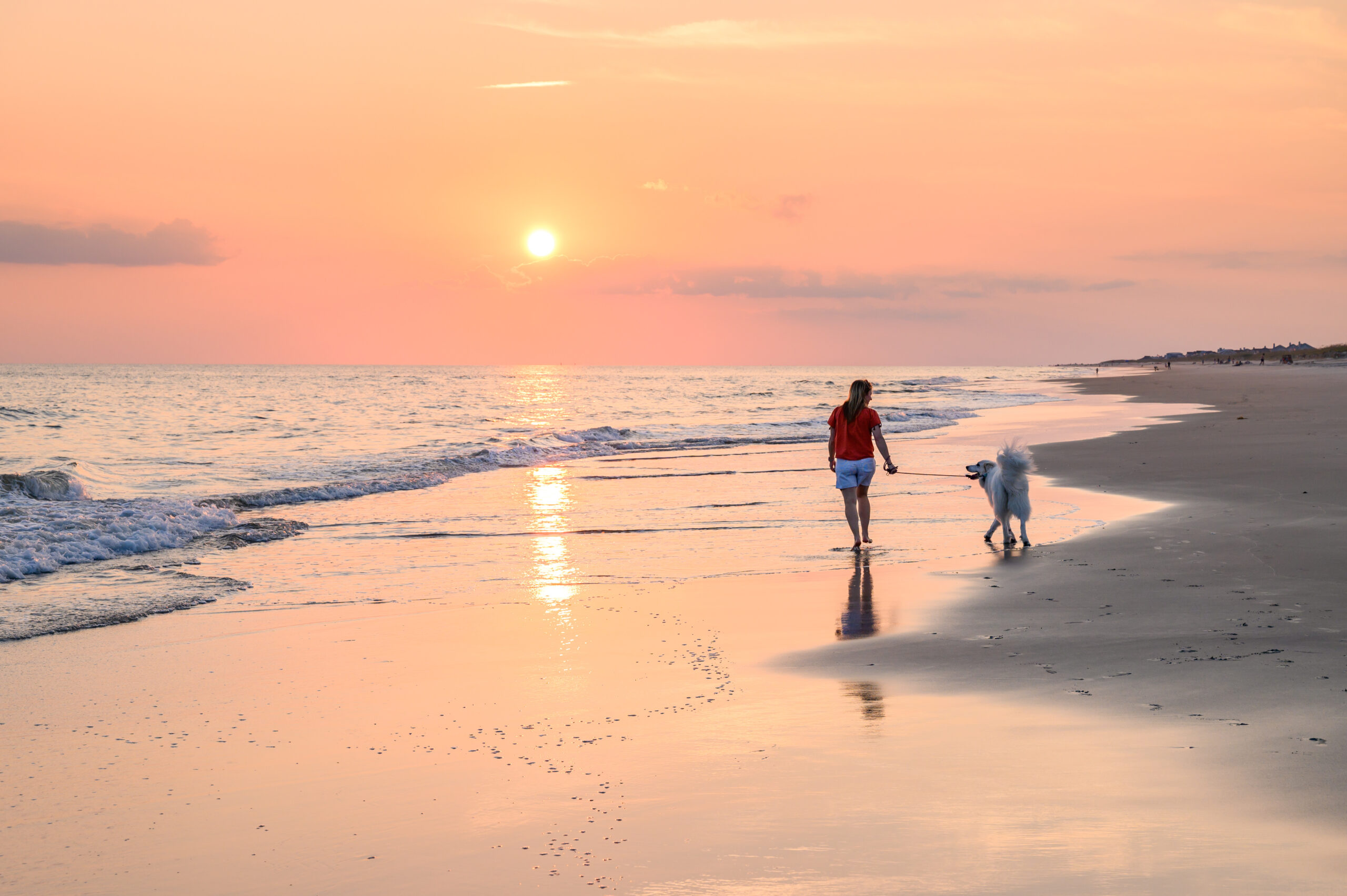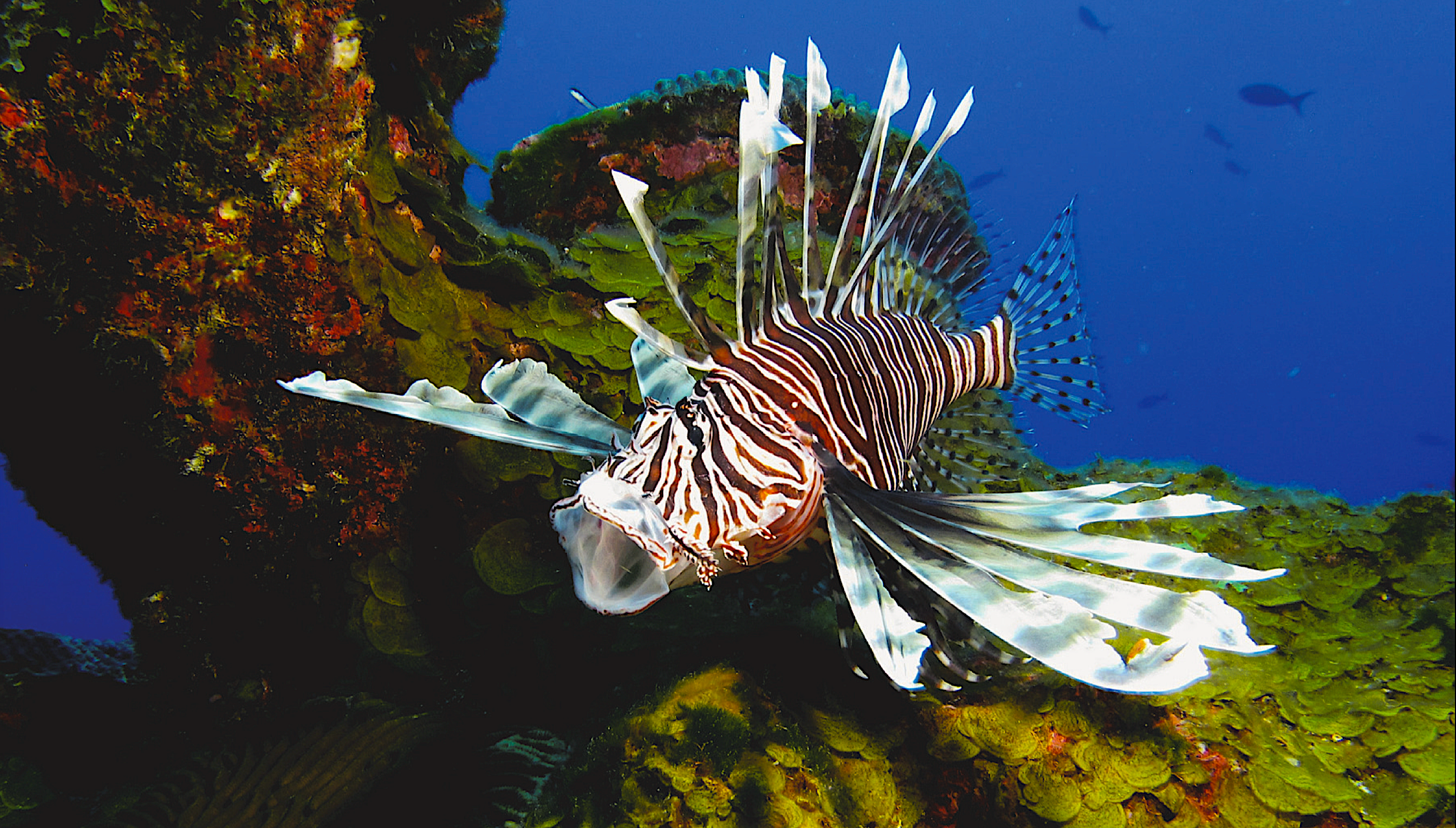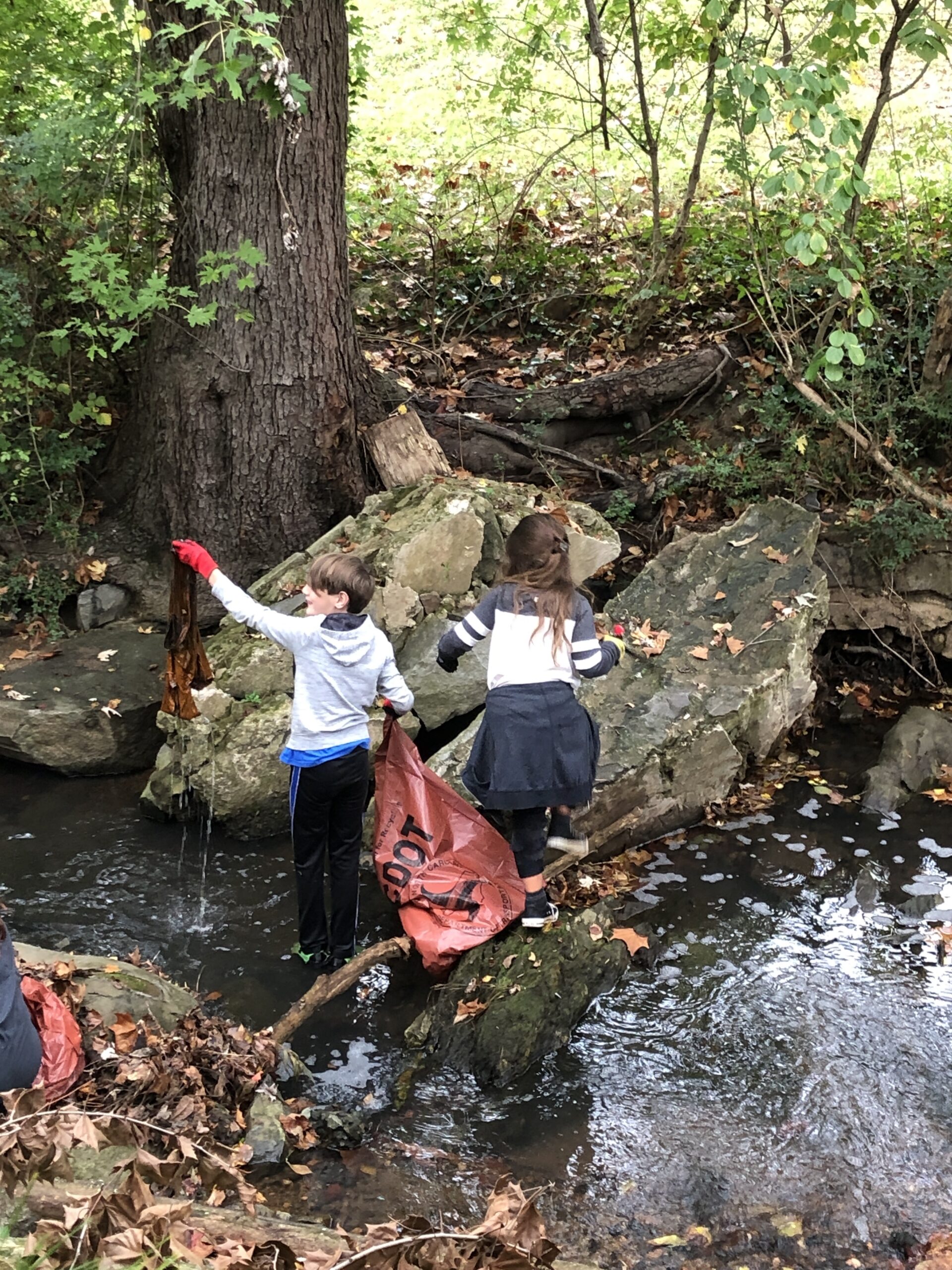On Bald Head Island, some homes are nestled in the stunning maritime forest amid a canopy of stately live oaks, cedar and wax myrtles.
For homeowners, the picturesque trees are more than a landscaping feature.
“The formation of mature maritime forest appears to be a great stabilizer on this barrier island,” says William Smith, a North Carolina Sea Grant researcher. “Maritime forests are extremely resistant to episodic events compared to dune plants. After a storm, a maritime forest doesn’t have to resprout.”
On Bald Head Island, covenants require homeowners to utilize maritime vegetation as part of the landscape, he adds.
Studies have shown that maritime forests can prevent erosion, notes Smith, a Wake Forest University botanist.
After Hurricane Katrina hit in 2005, satellite photos of Gulf Coast barrier islands showed more severe damage occurred in areas without maritime forests, he says.
With an increasing sea-level and global climate changes, scientists and government officials are looking for better ways to manage barrier islands.
In a new National Science Foundation (NSF) study that grew out of a North Carolina Sea Grant minigrant, scientists are developing an interactive network to address the effective management of barrier island ecosystems.
The effort involves biologists, economists, engineers and scientists from a variety of fields. Smith, along with Rusty Feagin of Texas A & M University and Nancy Jackson of the New Jersey Institute of Technology, will be leading the five-year project.
The Coastal Barrier Island Network (CBIN) will focus on the future use of native vegetation for stabilizing barrier islands beaches in the face of storm frequency and intensity, as well as sea-level rise associated with global climate changes.
“Coastal barrier islands are found along virtually all continental shorelines world-wide, including the heavily populated eastern seaboard and the Gulf Coast of the
United States,” Smith says. Despite numerous engineering, natural and social science researchers studying barrier islands, no multidisciplinary organization currently exists for evaluating the future sustainability of these important ecosystems, he explains.
“Climate changes may have potentially devastating impacts on coastal environments and the associated subeconomics and cultural infrastructures of these heavily populated ecosystems,” Smith adds.
Louis Pitelka, NSF program officer, agrees that coastal barrier islands are ecologically and economically important.
“At the same time, they are threatened by climate change, urbanization and mismanagement,” he adds.
DUNE PLANTS
The initial North Carolina Sea Grant minigrant focused on the impacts of events like hurricanes on primary dune species along the Outer Banks.
“The vegetation aids in forming the dune and plays an important role in the coastal dune ecosystem,” according to Sea Grant’s The Dune Book by Spencer Rogers and David Nash. Plants trap blowing sand, causing the formation of sand dunes and the stabilization of barrier islands.
Smith focused on five primary dune species: sea rocket (Cakile harperi), seaside pennywort (Hydrocotyle bomriensis), seaside elder (Iva imbricata), sea oats (Uniola paniculata) and seabeach amaranth (Amaranthus pumilus), a federally endangered species. Found along sandy beaches on the mid-Atlanic coast, seabeach amaranth recently re-established itself in Maryland and Delaware. It had not been seen in either state for 100 years.
Each species appears threatened by beach structures, beach erosion, tidal flooding, plant-eating insects, feral animals, off-road vehicles, and beach grooming in which debris and seaweed are removed, Smith says. “It is estimated that almost 70 percent of former populations have been eliminated from their original ranges.”
Although no major hurricanes have hit North Carolina in five years, there has been some overwash on the state’s barrier islands.
Sea Grant researchers found that a dune plant’s life history traits are as important as physiological impacts, according to Smith.
“If a storm occurs during the flowering time of a plant, it can have a major impact on species, including local extinction,” Smith says.
And physiological impacts are most important when carbon gain through photosynthesis is interrupted by a storm.”
With baseline data in place from studies on Topsail Island, Smith will be ready to evaluate a hurricane’s effect on native plants near the boundary or “ecotone” between the ocean and dunes. The loss of primary and embryo dune species will seriously impact the stabilization of near-shore sand dune islands, he adds. A hurricane also can damage secondary dune species and the maritime forest that both provide a strong stabilizing impact on coastal ecosystems like the Outer Banks.
Smith and Wake Forest graduate students Heather Joesting and Tom Hancock also will compare site locations with adjacent areas used by off-road vehicles. “We are particularly interested in evaluating the resilience to storm activities by dune species, as well as maritime forest species,” Smith explains.
STATE’S HURRICANE HISTORY
North Carolina’s coast has a long and notorious history of destruction by hurricanes, and it can expect to receive a tropical storm or a hurricane once every four years, according to the State Climate Office of North Carolina.
During the 1950s, eastern North Carolina became known as “hurricane alley” when six hurricanes hit the state within seven years, according to Jay Barnes’ Hurricane History, Third Edition. Hurricanes Hazel, Connie, Diane and Ione all made landfall within a 12-month period from October 1954 to September 1955.
And from 1993 to 1999, several storms devastated the state’s coastal and inland areas.
Topsail Island experienced four different hurricanes during the middle to late 1990s. In 1996, Hurricane Bertha flooded more than one third of the island land area and destroyed most of the standing structures, including maritime forest on the northeastern end of the island. In the same year, Hurricane Fran demolished nearly all front-row homes along the length of the island. Several new inlets were created when the storm surge eroded the dunes and overtopped the island. Since then, the inlets closed naturally.
In September 2003, Hurricane Isabel hit the Outer Banks — devastating homes and businesses.
In Hatteras Village, the storm surge cut an inlet 1,700 feet wide and up to 28 feet deep, in a weak segment of the barrier island. The U.S. Army Corps of Engineers later filled the inlet with sand dredged from the Hatteras Inlet channel and rebuilt the barrier-dune ridge. The state rebuilt N.C. 12.
“Many East Coast barrier islands are eroding due to storms, rising sea level and diminishing sediment budgets, which can be exacerbated by human-built structures,” Smith explains. “Overwash frequency can determine the species composition and richness of barrier island vegetation.”
Coastal barrier islands cover about 85 percent of the oceanfront along the East and Gulf coasts of the United States, according to Smith. In North Carolina, more than 300 miles of barrier islands provide a protective barrier to high-energy oceanic waves associated with storms and hurricanes.
The U.S. coastal areas include some of the highest concentrations of human population and accompanying economic development.
Although coastal counties only account for 17 percent of the country’s land area, they are home to more than half of America’s population. A 2003 Pew Ocean Commission report estimates that during the next 15 years, the coastal zone will gain an additional 27 million people — equaling more than half of the national’s total population increase.
More people also are flocking to coastal North Carolina. Brunswick County ranked 14th among all U.S. counties for growth from July 1, 2005 to July 1, 2006, according to a U.S. Census Bureau report. In 2005, it had ranked 29th. And between 2000 and 2006, it was the 55th fastest-growing county in the nation.
In the census report, Pender County also ranked among the top fastest-growing counties nationally.
For the NSF study, CBIN is setting up workshops and courses over the next five years in a variety of locations in North Carolina and other states. Stakeholders and representatives from governmental agencies will be included in the sessions.
“The group will be devising landscape plans for development that goes beyond current real estate development practices,” Smith says. “We also will be considering strategies for sustaining the natural processes of barrier island ecosystems, even within a framework of continued development and urbanization.”
Find out more about the Coastal Barrier Island Network.
This article was published in the Early Summer 2008 issue of Coastwatch.
For contact information and reprint requests, visit ncseagrant.ncsu.edu/coastwatch/contact/.
- Categories:



